Fracture and Structural Integrity: The Podcast
Stay at the cutting edge of fracture mechanics and structural integrity research with the official podcast of the Fracture and Structural Integrity journal. Join us for insightful interviews with top researchers, in-depth discussions of groundbreaking papers, and explorations of emerging trends in the field.
RSS Spotify YouTube Amazon Music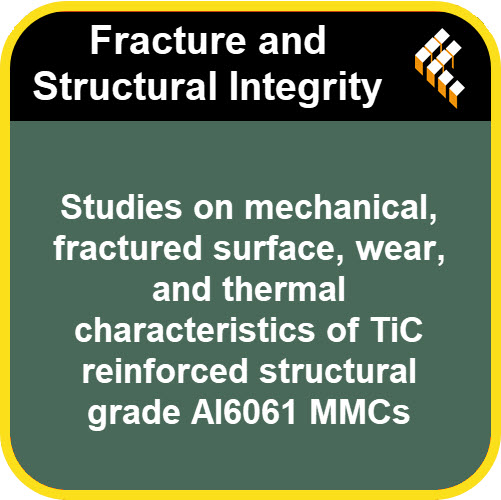
Studies on mechanical, fractured surface, wear, and thermal characteristics of TiC reinforced structural grade Al6061 MMCs
2025-09-12
https://www.fracturae.com/index.php/fis/article/view/5596
More DownloadFiletype: MP3 - Size: 42 MB - Duration: 22:03m (256 kbps 44100 Hz)
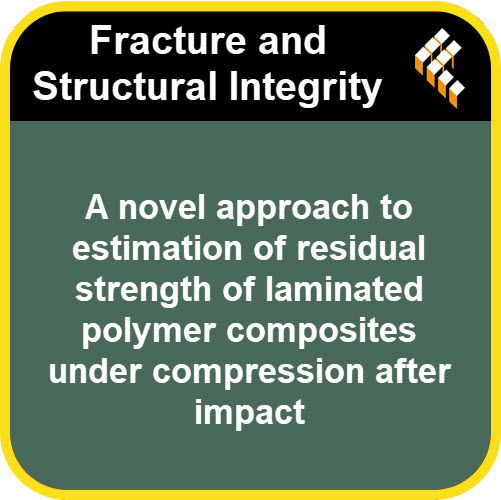
A novel approach to estimation of residual strength of laminated polymer composites under compression after impact
2025-09-11
https://www.fracturae.com/index.php/fis/article/view/5601
More DownloadFiletype: MP3 - Size: 31 MB - Duration: 16:21m (256 kbps 44100 Hz)

Strengthening of steel I-Section girder web with depth discontinuity against localized buckling
2025-09-11
https://www.fracturae.com/index.php/fis/article/view/5493
More DownloadFiletype: MP3 - Size: 35 MB - Duration: 18:44m (256 kbps 44100 Hz)
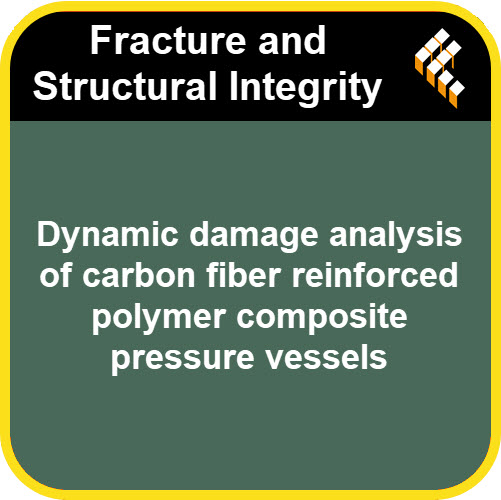
Dynamic damage analysis of carbon fiber reinforced polymer composite pressure vessels
2025-09-09
https://www.fracturae.com/index.php/fis/article/view/5502
More DownloadFiletype: MP3 - Size: 30 MB - Duration: 15:42m (256 kbps 44100 Hz)
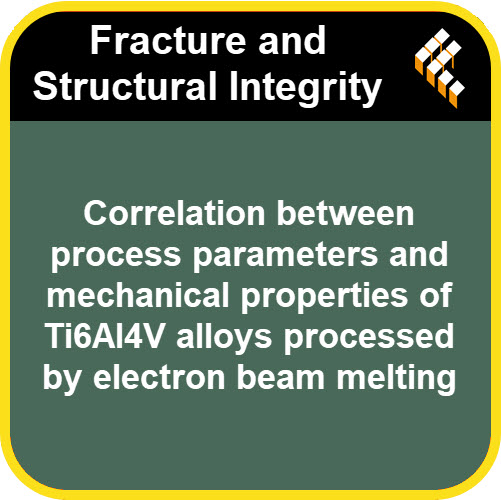
Correlation between process parameters and mechanical properties of Ti6Al4V alloys processed by electron beam melting
2025-09-08
https://www.fracturae.com/index.php/fis/article/view/5523
More DownloadFiletype: MP3 - Size: 30 MB - Duration: 16:05m (256 kbps 44100 Hz)
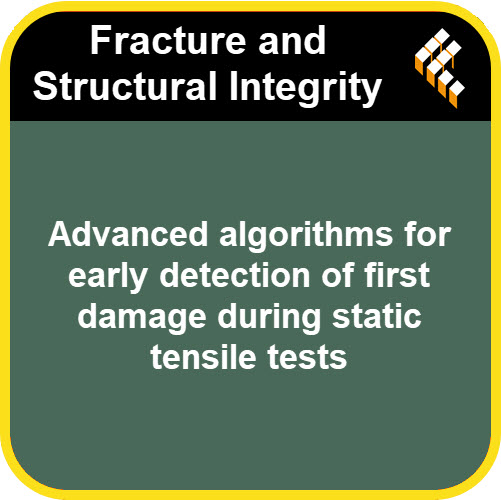
Advanced algorithms for early detection of first damage during static tensile tests
2025-09-08
https://www.fracturae.com/index.php/fis/article/view/5486
More DownloadFiletype: MP3 - Size: 31 MB - Duration: 16:38m (256 kbps 44100 Hz)
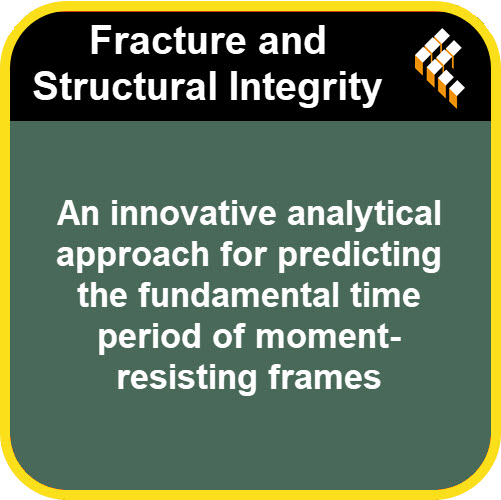
An innovative analytical approach for predicting the fundamental time period of moment-resisting frames
2025-09-07
https://www.fracturae.com/index.php/fis/article/view/5469
More DownloadFiletype: MP3 - Size: 29 MB - Duration: 15:31m (256 kbps 44100 Hz)
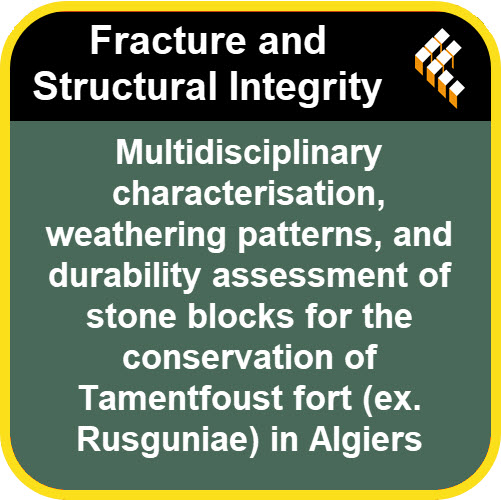
Multidisciplinary characterisation, weathering patterns, and durability assessment of stone blocks for the conservation of Tamentfoust fort (ex. Rusguniae) in Algiers
2025-09-04
https://www.fracturae.com/index.php/fis/article/view/5550
More DownloadFiletype: MP3 - Size: 30 MB - Duration: 15:54m (256 kbps 44100 Hz)

The static and modal analysis of concrete tank filled with water
2025-09-04
https://www.fracturae.com/index.php/fis/article/view/5525
More DownloadFiletype: MP3 - Size: 19 MB - Duration: 9:57m (256 kbps 44100 Hz)

Implementation of interface damage model with friction to concrete-FRP shear connector
2025-09-04
https://www.fracturae.com/index.php/fis/article/view/5501
More DownloadFiletype: MP3 - Size: 28 MB - Duration: 14:49m (256 kbps 44100 Hz)
Powered by Podcast Generator, an open source podcast publishing solution | Theme based on Bootstrap
